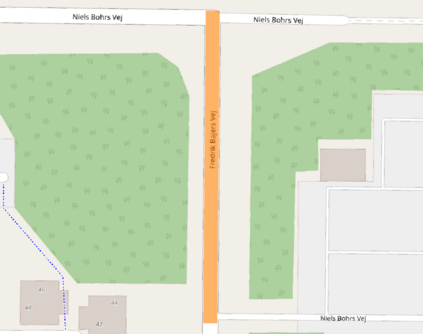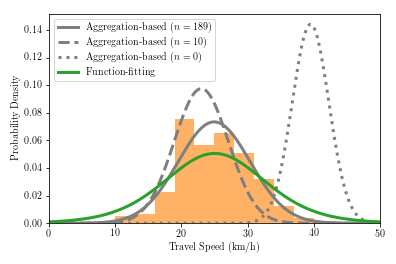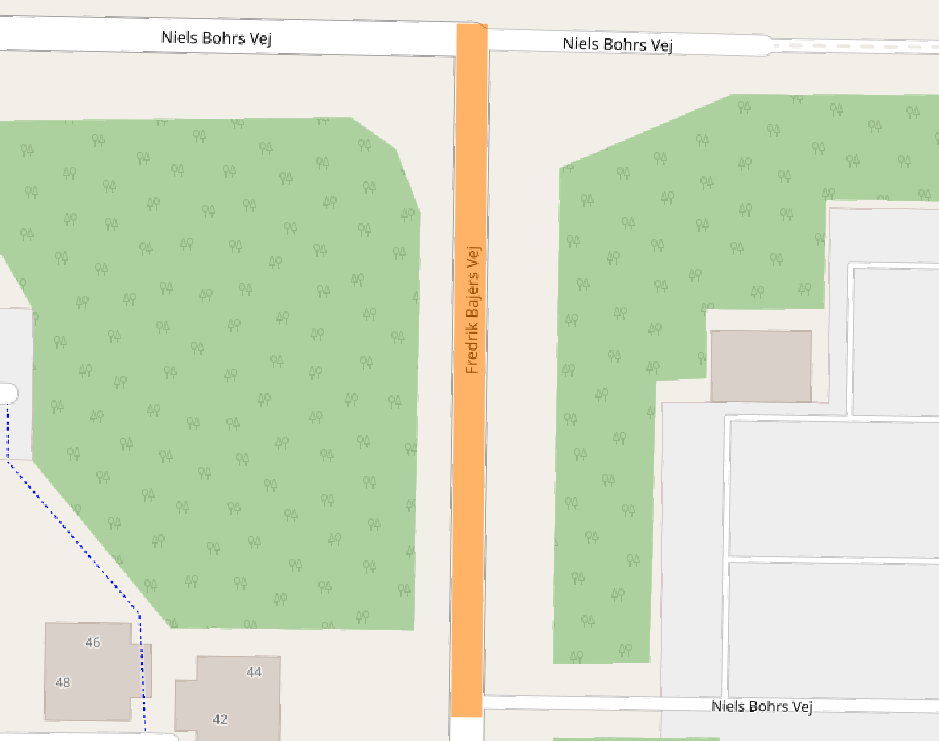Travel time or speed estimation are part of many intelligent transportation applications. Existing estimation approaches rely on either function fitting or aggregation and represent different trade-offs between generalizability and accuracy. Function-fitting approaches learn functions that map feature vectors of, e.g., routes, to travel time or speed estimates, which enables generalization to unseen routes. However, mapping functions are imperfect and offer poor accuracy in practice. Aggregation-based approaches instead form estimates by aggregating historical data, e.g., traversal data for routes. This enables very high accuracy given sufficient data. However, they rely on simplistic heuristics when insufficient data is available, yielding poor generalizability. We present a Unifying approach to Travel time and speed Estimation (UniTE) that combines function-fitting and aggregation-based approaches into a unified framework that aims to achieve the generalizability of function-fitting approaches and the accuracy of aggregation-based approaches. An empirical study finds that an instance of UniTE can improve the accuracies of travel speed distribution and travel time estimation by $40-64\%$ and $3-23\%$, respectively, compared to using function fitting or aggregation alone
翻译:现有估算方法取决于功能的安装或汇总,并代表着一般性和准确性之间的不同权衡。 适合功能的方法学习了以诸如路线、旅行时间或速度估计等矢量为特征的功能,从而可以将时间或速度的估计数用于向看不见路线的概括化。然而,绘图功能不完善,在实践中不准确。基于聚合的方法通过汇总历史数据,例如路线的轨迹数据而形成估计。根据足够的数据,这能够保证非常精确。然而,如果数据不足,它们则依靠简单超常法,从而造成不易概括性。我们提出了一个统一的旅行时间和速度估计方法,将适合功能和基于汇总的方法合并为一个统一框架,目的是实现功能方法的普遍适用性和基于汇总方法的准确性。一项实证研究发现,与使用功能安装或单独汇总方法相比,UNITE可以改进旅行速度分布和旅行时间估计的普及性,分别增加40-64美元和3-23美元。






